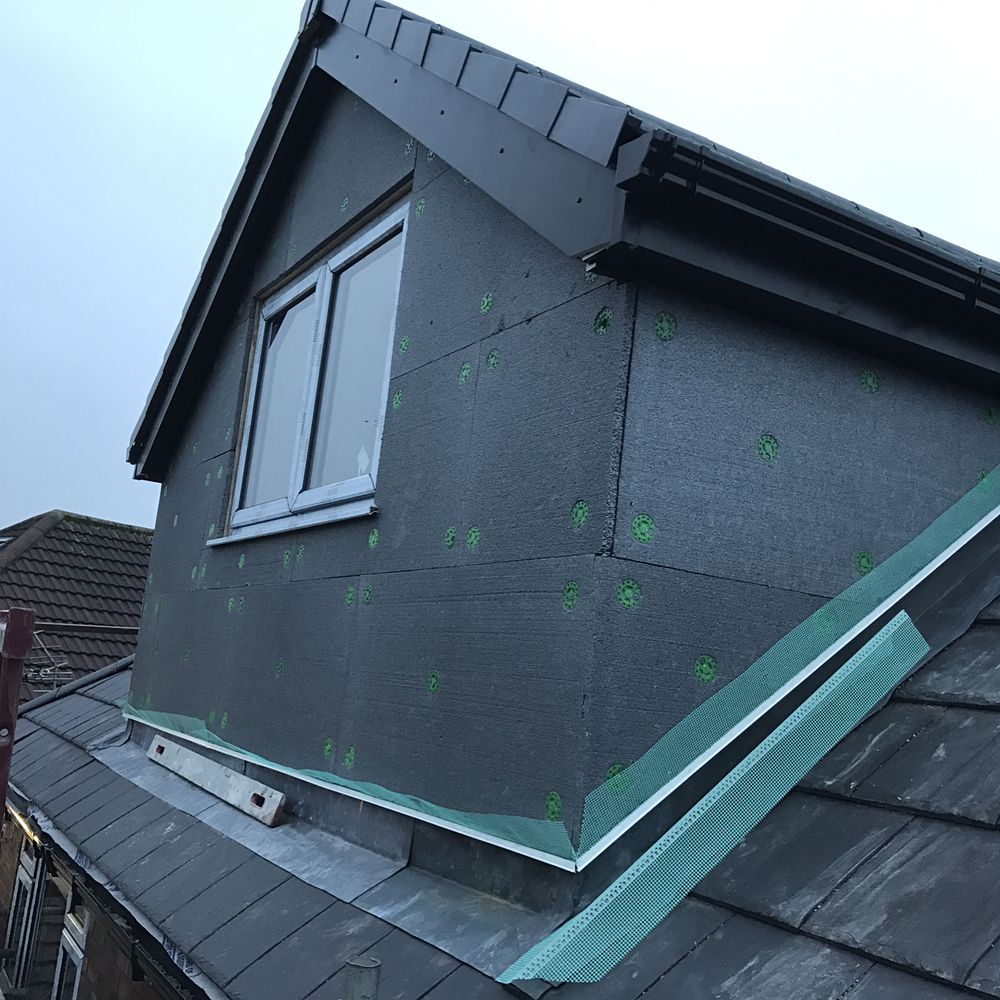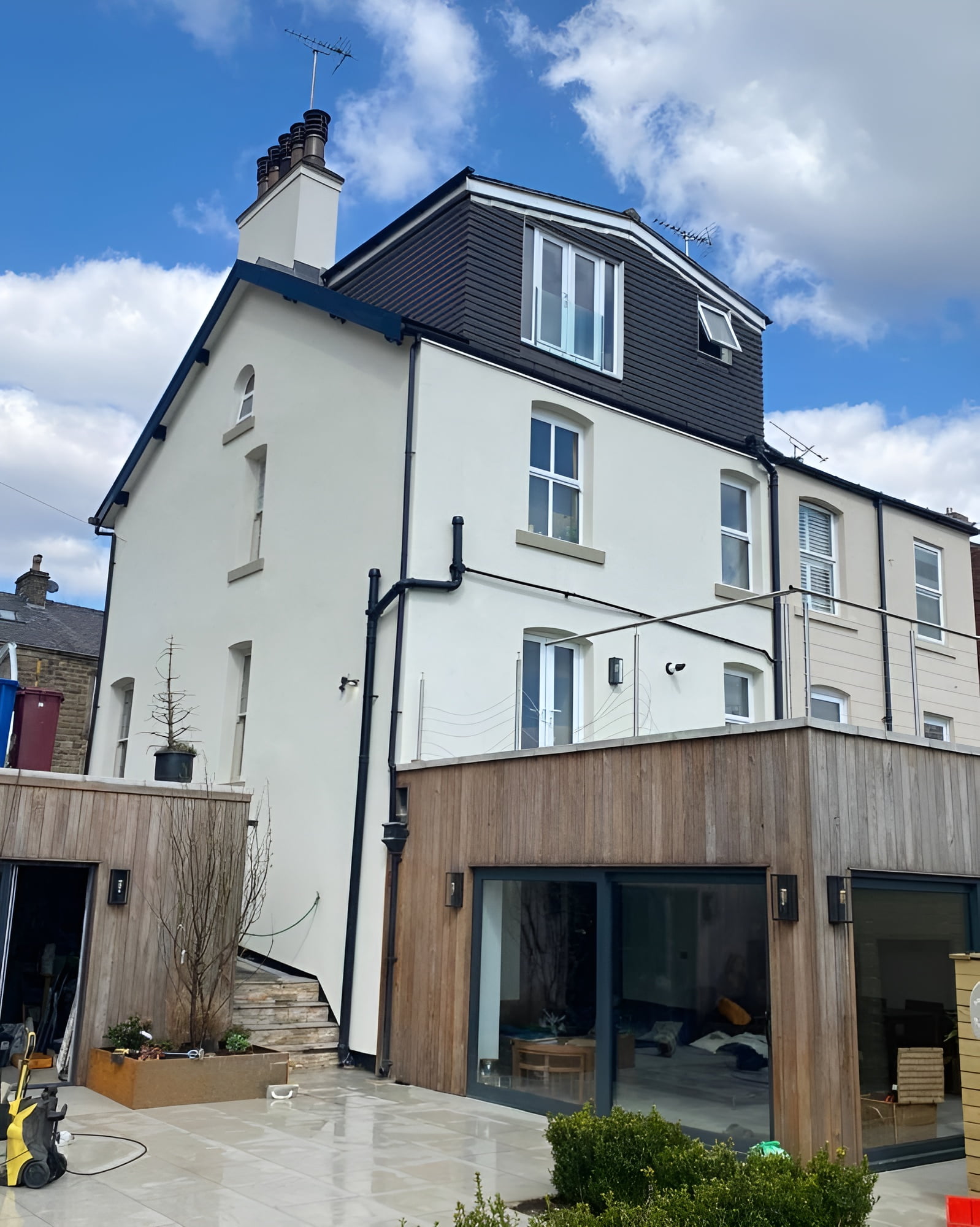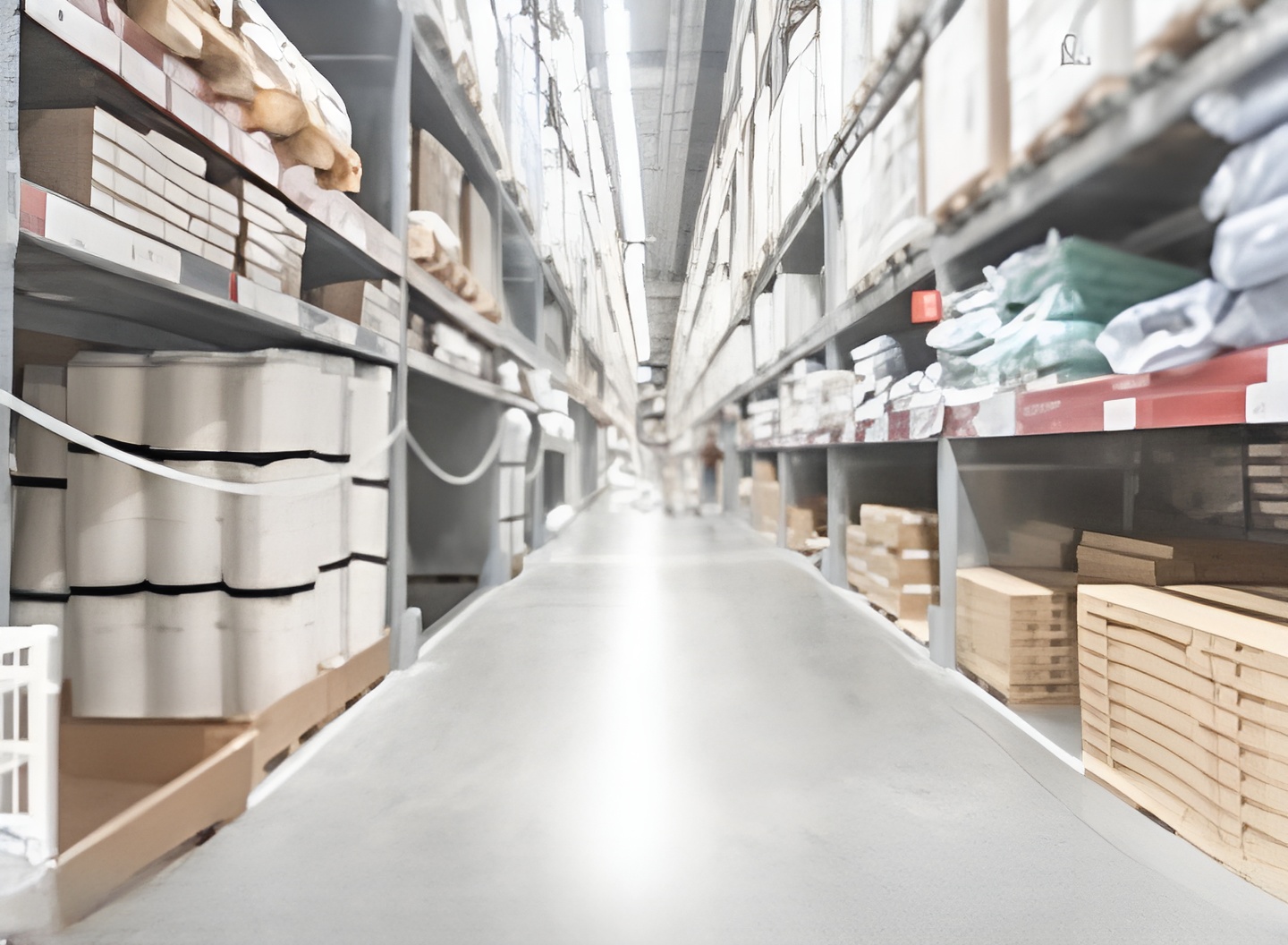When it comes to improving the energy efficiency of your home, wall insulation plays a crucial role. However, homeowners often find themselves at a crossroads when deciding between internal and external wall insulation. Both methods have their merits, but understanding the key differences can help you make an informed decision that best suits your property and needs. In this comprehensive guide, we’ll explore the five main distinctions between internal and external wall insulation, providing you with valuable insights to enhance your home’s thermal performance.
1. Installation Process and Impact on Living Space
The installation process is one of the most significant differences between internal and external wall insulation. Internal wall insulation involves adding insulating materials to the interior surfaces of external walls, while external wall insulation is applied to the outer face of the building.
Internal wall insulation typically requires more disruption to the interior of your home. It often necessitates the removal of skirting boards, radiators, and electrical fittings. This process can be particularly challenging when insulating solid brick walls or dealing with solid wall construction. On the other hand, external wall insulation is generally less disruptive to your daily life, as most of the work is carried out from the outside.

However, it’s worth noting that internal wall insulation can be a more suitable option for properties where external alterations are restricted, such as in conservation areas or for listed buildings. In these cases, interior insulation for walls might be the only viable option to improve thermal performance.
2. Impact on Property Aesthetics and Exterior Appearance
Another crucial factor to consider is how each insulation method affects the appearance of your property. External wall insulation can significantly alter the exterior look of your home, which may be a positive or negative aspect depending on your preferences and the current state of your property’s facade.
External insulation systems often involve applying a new render or cladding over the insulation material, which can refresh and modernise the appearance of older buildings. This can be particularly beneficial for properties with deteriorating brickwork or those in need of a facelift. Many homeowners opt for silicone rendering as a finishing touch, which not only looks attractive but also provides additional weather protection.
![]()
In contrast, internal wall insulation has minimal impact on the exterior appearance of your property. This makes it an ideal choice for homeowners who wish to maintain the original character of their building’s facade, especially in the case of period properties or those with attractive brickwork.
3. Thermal Performance and Energy Efficiency
Both internal and external wall insulation can significantly improve your home’s thermal performance, but there are some differences in their effectiveness. External wall insulation generally provides better overall insulation as it creates a continuous layer around the entire building, minimising thermal bridges and reducing heat loss more effectively.
Internal wall insulation can also be highly effective, particularly when insulating solid brick walls or addressing issues with solid wall insulation. However, it may be more challenging to achieve consistent coverage, especially around windows, doors, and other openings. This can lead to potential cold spots or thermal bridges if not properly addressed.
When considering the cheapest way to insulate internal walls, it’s important to balance cost with performance. While internal insulation might seem more budget-friendly initially, the long-term energy savings from a well-installed external insulation system could outweigh the upfront costs.
4. Space Considerations and Room Dimensions
One of the most noticeable differences between internal and external wall insulation is their impact on living space. Internal wall insulation inevitably reduces the internal floor area of your rooms, which can be a significant consideration in smaller properties or where space is at a premium.
The thickness of internal insulation can vary, but it typically reduces room dimensions by 50-100mm per insulated wall. This may seem minimal, but it can make a noticeable difference in smaller rooms or narrow corridors. It’s essential to consider this when planning furniture placement and overall room layout.

External wall insulation, on the other hand, doesn’t affect your internal living space. Instead, it slightly increases the external dimensions of your property. This can be advantageous for homeowners looking to maximise their internal floor area while still improving thermal performance.
5. Moisture Management and Breathability
Proper moisture management is crucial when insulating walls to prevent issues such as damp and mould. Both internal and external wall insulation systems need to be carefully designed and installed to manage moisture effectively, but they approach this challenge differently.
External wall insulation systems typically incorporate a weatherproof outer layer, which helps protect the building from rain and moisture ingress. This can be particularly beneficial for properties in areas with high rainfall or those prone to penetrating damp.
Internal wall insulation requires careful consideration of vapour control and breathability, especially when dealing with solid walls. Breathable internal insulation for solid walls is often recommended to allow moisture to move through the wall structure without becoming trapped. This is particularly important when insulating solid stone walls internally or working with traditional building materials.
Choosing the Right Insulation Method for Your Property
Selecting between internal and external wall insulation depends on various factors, including your property type, budget, and specific requirements. Here are some key considerations to help you make an informed decision:
1. Property type: Consider whether you have cavity walls or solid walls, as this can influence the most suitable insulation method.
2. Planning restrictions: Check if there are any limitations on external alterations to your property.
3. Budget: Compare the costs of both options, including long-term energy savings.
4. Disruption: Assess how much disruption you’re willing to tolerate during the installation process.
5. Aesthetic preferences: Decide whether you want to maintain your property’s current appearance or are open to external changes.
The Benefits of Professional Installation
Regardless of whether you choose internal or external wall insulation, professional installation is crucial for achieving optimal results. Experienced installers can ensure that the insulation is applied correctly, minimising the risk of thermal bridges and moisture-related issues.
For external wall insulation, companies specialising in insulated rendering can provide a comprehensive solution that combines insulation with an attractive and protective outer layer. This approach not only improves thermal performance but also enhances the overall appearance and weather resistance of your property.
Conclusion: Making an Informed Decision
Both internal and external wall insulation offer significant benefits in terms of energy efficiency and comfort. By understanding the key differences between these two approaches, you can make an informed decision that best suits your property and personal requirements.
Remember that each property is unique, and what works best for one building may not be ideal for another. It’s always advisable to consult with insulation specialists who can assess your specific situation and provide tailored recommendations.
Investing in wall insulation, whether internal or external, is a step towards a more energy-efficient and comfortable home. With the right approach, you can enjoy reduced energy bills, improved thermal comfort, and a more sustainable living environment for years to come.
For professional advice on insulation options and high-quality rendering services, don’t hesitate to contact experienced specialists who can guide you through the process and ensure the best results for your property.



